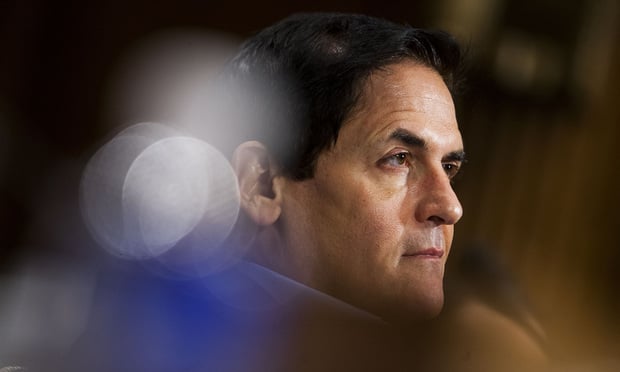 An increase in the federal minimumn wage could lead to higher spending by those who would have more money to spend, higher customer demand, more business activity and job growth. (Photo: Shutterstock)
An increase in the federal minimumn wage could lead to higher spending by those who would have more money to spend, higher customer demand, more business activity and job growth. (Photo: Shutterstock)
The Congressional Budget Office's report on the effects an increase in the minimum wage could have on employment and family income highlights a number of benefits, although it's pessimistic about the number of people that could find themselves out of work should the wage rise to $15 be adopted.
Currently the federal minimum wage stands at $7.25 per hour for most workers. In its evaluation of a 6-step increase to $15 by 2025, the report says that 17 million people who would otherwise earn less than $15 per hour would see an increase, while another 10 million who already make a little more than $15 could see their own wages rise as well.
Related: Will minimum wage hikes hinder job growth?
Despite recent research indicating that “previous, modest increases in the minimum wage had little or no negative effects on the employment of low-wage workers,” says a letter signed by more than 100 economists supporting an increase in the minimum wage to $15, the CBO theorizes that 1.3 million people could end up out of a job—although it also concedes that the number of people whose annual income is below the poverty level would fall by 1.3 million.
The economists' letter, issued by the Economic Policy Institute, highlights the benefits to the economy that could accrue from a $15-per-hour minimum wage: higher spending by those who would have more money to spend, higher customer demand, more business activity and job growth.

According to CBO, business income would fall and prices would rise, but the higher costs attached to the wage increase would mostly fall on “families well above the poverty line.” It adds that it “estimates that families whose income would be below the poverty threshold under current law would receive an additional $8 billion in real family income in 2025 under this option. That would amount to a 5.3 percent increase in income, on average, for such families.”
The report adds that as of this year, 29 states as well as Washington, D.C. all have minimum wages higher than the current federal minimum, with many of them having indexed their minimum wages to inflation—something the federal minimum wage currently does not have.
The CBO report also looked at lesser increases of $12 and $10, concluding that the effects on the economy and on workers would be less dramatic both in benefit and in potential problems, with the $10 option having “negligible effects on the number of people in poverty.”
Read more:
- Caving to pressure, Amazon announces $15 minimum wage
- Minimum wage increases lead to automation
- States lead the way on minimum wage
© 2025 ALM Global, LLC, All Rights Reserved. Request academic re-use from www.copyright.com. All other uses, submit a request to [email protected]. For more information visit Asset & Logo Licensing.







